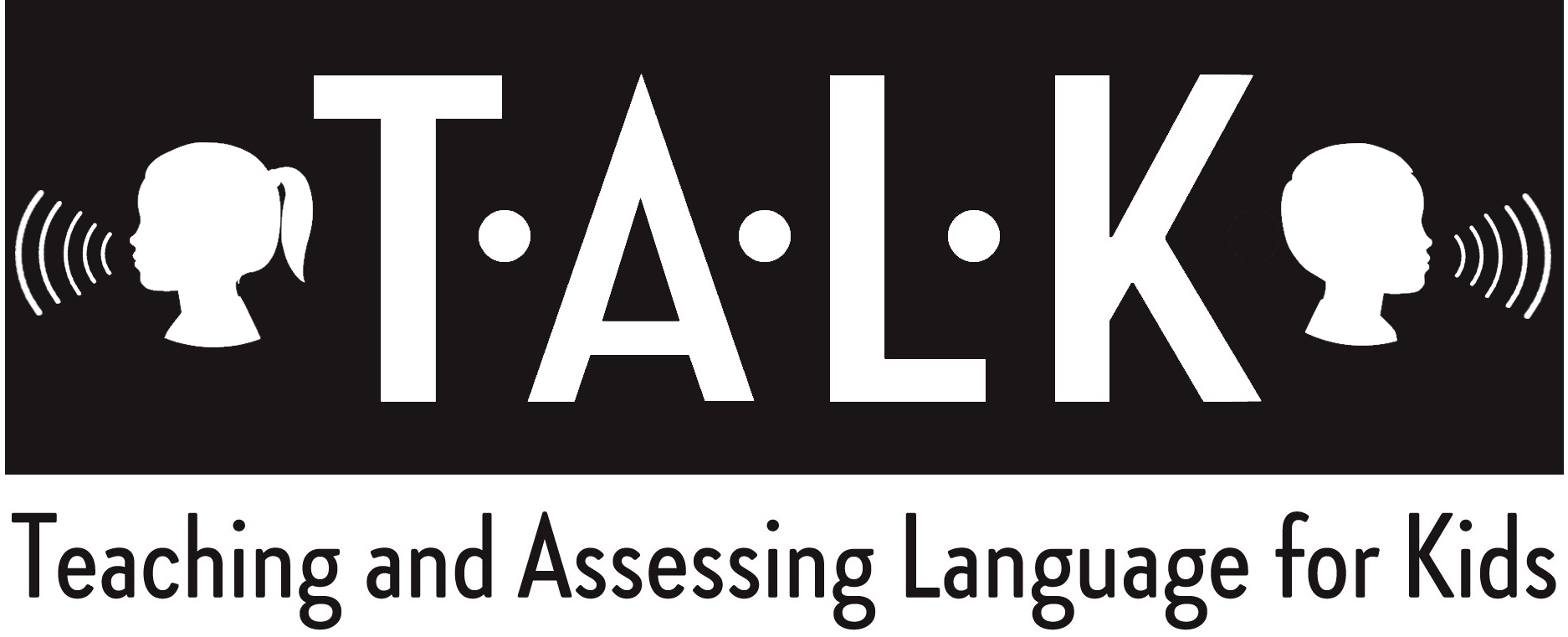Play and Sound Imitation
We often get the question, “Why is my child not talking?” We then ask parents and caregivers about the child’s imitation skills. Imitation is a fundamental learning mechanism for young children before they have language. We learn by watching, playing and listening. At an early age, children learn the sounds of language through imitation and they begin copying others around them.
At TALK, we frequently discuss with families about the importance of imitation in conjunction with prelinguistic skills (e.g., play, receptive language, joint attention etc.). Imitation is a crucial building block to language development. For some kids, we often start teaching imitation skills through play (e.g., shaking a rattle, pushing a car, stacking blocks, pretending to eat, etc.) before we directly work on targeting speech sounds.
Imitation develops in a sequential process. Is your child imitating words? Sounds? Mouth movements? Motor movements? Imitating actions with objects?
Imitation is a skill that may be particularly difficult for children on the Autism Spectrum Disorder. Teaching imitation usually results in overall improvement in eye contact, gross/fine motor, oral motor, language, play and joint attention skills. These skills are an important part of development.
Encouraging imitation skills helps develop important cognitive, language (e.g., vocabulary), and social skills (e.g., joint attention, nonverbal cues, etc.). Motivate your child to not just imitate sounds and words, but also copy facial expressions, gestures, and actions.
Imitation can be taught in a variety of ways!
Play Imitation
Driving a car
Putting a puzzle together
Pretend eating and drinking
Gross Motor Imitation
Touch your nose
Clap your hands
Arms up
Sound Imitation
Working on imitating sounds in play
Participating in vocal play tasks
Using toys or animals to produce the sound(s)
Games and Activities
Stuffed animals or puppets: Animals can help us work on sound imitation in a fun and engaging way!
Stacking blocks: the child receives a block to stack after each sound imitation attempt to build a tall tower
Pretend foods: incorporating pretend foods with target sounds to make a pretend pizza, soup or cupcakes
We challenge you to PLAY and have FUN with your child!
